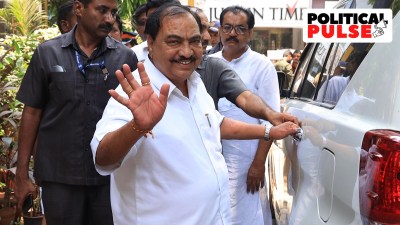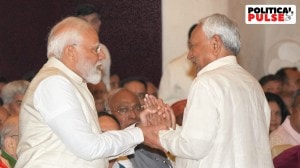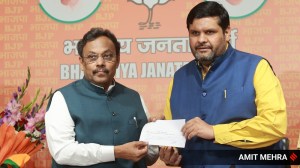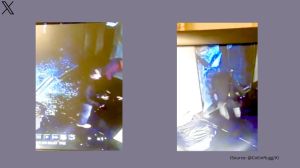- India
- International
Amidst Lok Sabha elections, why fake news, disinformation and fact-checking matter
International Fact-checking Day: In this election season, a range of threats abound – traditional misinformation, generative AI images and videos, and deepfakes. Here's what to know about them and how to safeguard yourself.
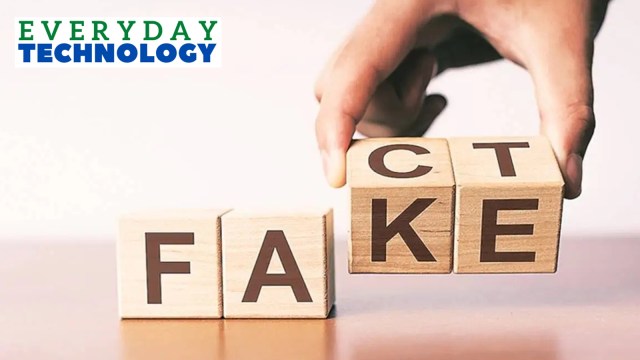 The first documented use of the term "fake news" dates back to the 1890s, according to Merriam-Webster. (File)
The first documented use of the term "fake news" dates back to the 1890s, according to Merriam-Webster. (File)April 2 marks International Fact-checking Day, a global initiative that recognises the role of accurate information in an interconnected world. It was first commemorated by the IFCN (International Fact-checking Network) in 2016 to celebrate and highlight the important work of fact-checkers worldwide.
Amidst the Lok Sabha polls in India, a range of threats abound – traditional misinformation, generative AI images and videos, and deepfakes. The importance of fact-checking is being felt more than ever before, but what exactly constitutes fact-checking? What is misinformation and how does it differ from disinformation? And most importantly, how can you safeguard yourself from falling for fake news and information? We explain.
What is fake news?
The University of Michigan Library has defined “fake news” as false news stories, meaning the story itself is fabricated and has no verifiable facts, sources or quotes. Sometimes these stories may be propaganda, intentionally designed to mislead the reader, or they may be “clickbait”. Simply, it means that some websites might want to increase the clicks and visitors they get, so they publish fake or sensationalised stories to attract attention.
Cambridge Dictionary defines fake news as, “false stories that appear to be news, spread on the internet or using other media, usually created to influence political views or as a joke”.
Is fake news a recent phenomenon?
There are several examples of false news throughout history, but something significant happened in the 1890s in the US. It was the rise of “yellow journalism”, seen as the first major instance of the spread of fake news.

Rival American newspaper publishers Joseph Pulitzer and William Hearst competed over audiences through sensationalism and by reporting rumours as facts, a practice that came to be known as yellow journalism
Its name was derived from a popular cartoon character called the Yellow Boy, which appeared in Pulitzer’s paper. Bidding among the newspapers over its rights became symbolic of their larger quest for dominance.
“During its heyday in the late 19th century it (yellow journalism) was one of many factors that helped push the United States and Spain into war in Cuba and the Philippines…” the US State Department website notes.
Papers devoted great attention to the Cuban struggle for independence against Spain. However, the reporting was inaccurate at times, “accentuating the harshness of Spanish rule or the nobility of the revolutionaries, and occasionally printing rousing stories that proved to be false. This sort of coverage, complete with bold headlines and creative drawings of events, sold a lot of papers for both publishers.”
More recently, in October 2017, then US President Donald Trump claimed that he had coined the term “fake news”. The Presidential elections in which he won the previous year led to the term’s emergence in popular culture. However, his rival candidate Hillary Clinton had used the term in a speech two days before Trump’s first use of the phrase.
Although Donald Trump may have popularised the term, its first documented use occurred in the 1890s, according to Merriam-Webster.
What is misinformation and disinformation?
Misinformation is false information, but the person who shares it online believes it to be true and shares it without any ill intention or personal agenda.
Disinformation is false information, and the person who is disseminating it knows it is false. It is a deliberate lie.
What is fact-checking?
The Oxford Dictionary defines “fact-checking” as a process of seeking to “investigate (an issue) in order to verify the facts”. It’s akin to the idiom, “Get your facts straight”. It means that one has verified the facts they are asserting, say by checking the facts and figures one sees on social media before sharing it.
Why is fact-checking important?
False and misleading information can:
*lead to polarisation or shifting of people’s views towards more extreme ideas, often along religious or ethnic lines.
*mislead people on important issues
*harden attitudes and stereotypes about individuals or groups
*trigger riots in extreme cases and add fuel to fire in violent situations
Therefore, fact-checking matters.
Why is misinformation on the rise?
Some factors include the democratisation of mass communication tools, which are now available to the average person.
This includes widely available internet connections and cheap data plans that have enabled people to access social media easily. While increasing connectivity has its benefits undoubtedly, problems arise as many first-time internet users lack media literacy – learning how to consume or interpret news and knowing what to believe.
In India, misinformation is thriving in regional languages in particular, as they are away from the scrutiny of the English or Hindi mainstream media that have more resources for fact-checking. However, mainstream media has also fallen for misinformation on many occasions in a bid to break news instantly on digital or broadcast platforms.
How can fake news and misinformation be identified?
1. Check the source: Always check who has shared the post, and what could be the intention behind it.
2. Check the news stories on other outlets: If the post is related to current events or even the upcoming elections, check credible news media organisations to see if they have carried the news too.
3. Verify images: Sometimes the images shared on social media platforms are either edited or shared out of context. To check their source, you can use Google reverse image search. First, download the image. Then go to https://images.google.com/ and click the camera icon near the Search bar. Upload the image. Google will then show its possible sources where the image appeared.
4. Rely on fact-checking websites: Fact-checking websites ensure misinformation shared on social media platforms is checked regularly. It is advisable to check them before re-sharing questionable posts.
More Explained
EXPRESS OPINION
Apr 04: Latest News
- 01
- 02
- 03
- 04
- 05


